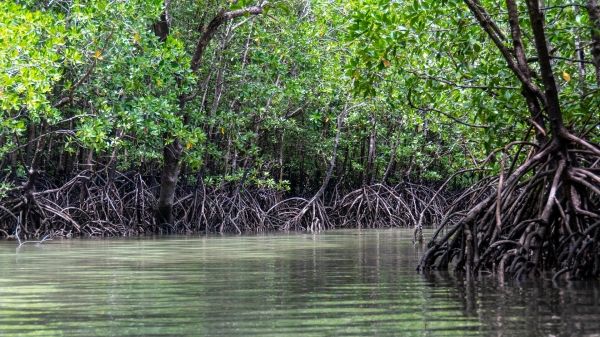VUB research uncovers factors that prevent mangroves from spreading in South America.
Mangrove ecosystems are distributed around the world, along tropical and subtropical coastlines. However, they do not extend beyond certain latitudes, even though the sites seem suitable for them. VUB researcher Ari Ximenes, with researchers from ULB and UCLouvain, has now cracked this question among mangrove bio-geographers, by studying sites off the eastern coast of South America.
Ximenes: “Our results show that here, several factors combine to prevent the southward spread of mangrove species. The northward longshore drift that prevails throughout the year is the biggest factor. Another factor is the chilling temperature. The winters are often just a little too cold, and during spring and summer you often have cold water upwelling, which can affect the viability of the propagules.”
Mangrove forests are of great ecological and socio-economic importance. They have an important place on the international climate agenda due to their pronounced carbon storage capacity. These tree and shrub species can also be found on the eastern South American coast. But barely 75km south of the southeastern American mangrove border there, where the Araranguá river flows into the Atlantic Ocean, there are no mangrove forests. This is puzzling, because the landscape form of the estuary actually appears suitable for mangroves.
Read more at: Vrije Universiteit Brussel
Photo Credit: kmarius via Pixabay


